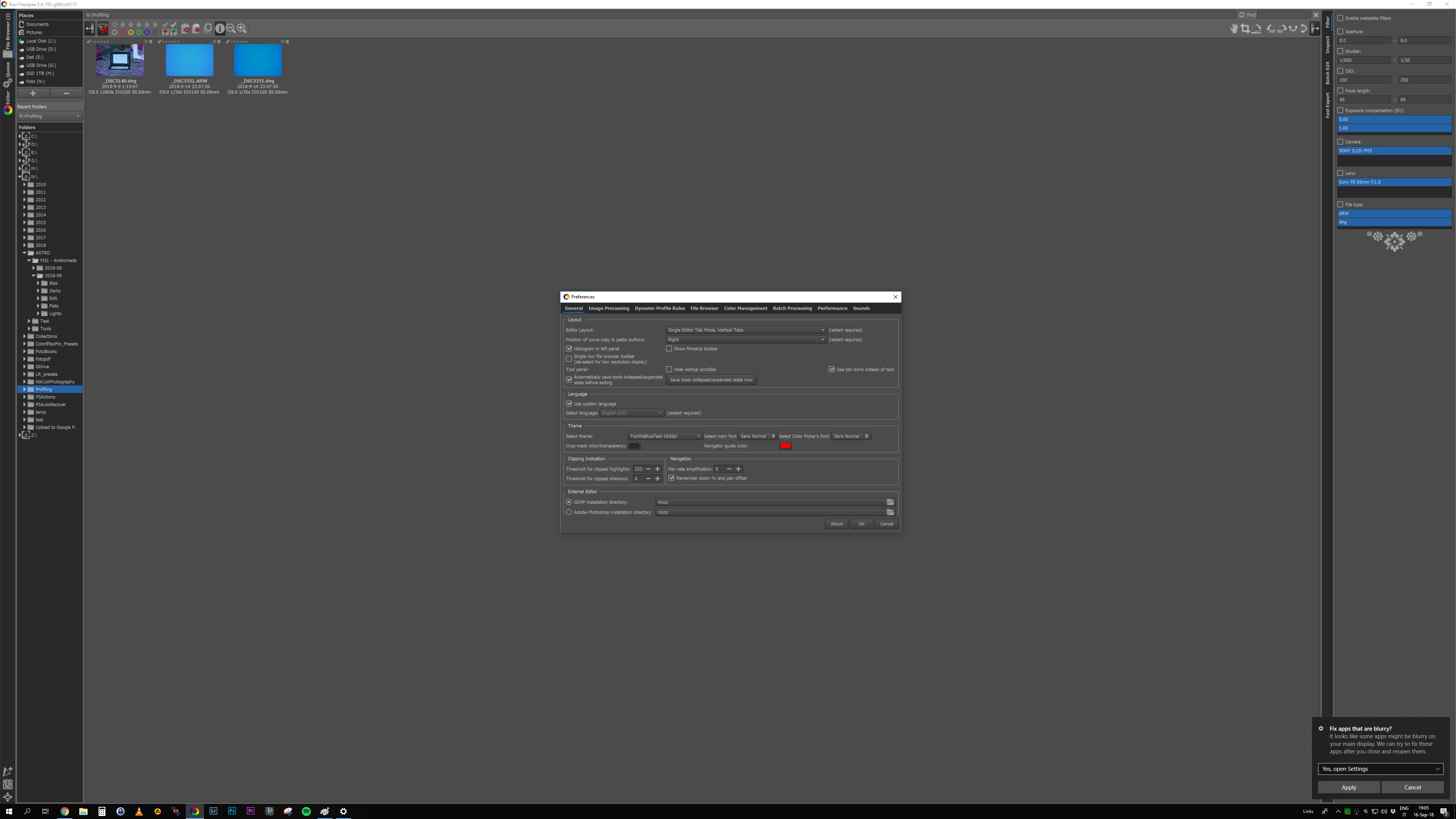


Why would I want to enhance image quality?Įnhancing image quality is a great way for a photographer to show off their work and give it the best possible chance to impress. When upscaling, it’s best to use RAW files or lossless compression, where image quality is preserved. When an image is compressed in a lossy format, such as the most popular method – JPEG files – photo quality may be reduced. But as RAW files take up lots of space, many photographers look to compress the images, making them easy to upload online or save hard drive space. Compression – An image in the RAW format is generally the highest possible quality version of that picture.This is because images are clearer when the pixels they are made up of are closer together. Dot pitch is measured in millimetres (mm) and the smaller the number, the sharper the image. Dot pitch – This measure is used for image sharpness.The higher the PPI/DPI, in general, the better the quality of the image. Resolution – The ratio of pixels is measured in proportion to the size of the image, either PPI (pixels per inch) or DPI (dots per inch).When we look for strong upscaled images, we’re also looking to improve picture quality as we’re wanting to view it on a larger canvas, so to speak. Edge-directed interpolation – This upscaling method specifically aims to preserve edges in images, where other algorithms introduce ‘staircase-effect’ artefacts.Useful for continuous-tone images, but reduces contrast. Bilinear interpolation – This involves the interpolation of pixel colour values, which creates a continuous transition into output, even if there are discrete transitions in the original picture.In upscaling, this means multiple pixels of the same colour, helping to preserve sharp details and colour, but potentially introducing a jagged effect. Here, every pixel is replaced with the nearest pixel in the output. Nearest-neighbour interpolation – This is one of the simplest methods.

#Adobe lightroom 4k scaling software
Increasingly, software makes use of AI applications to ‘blow up’ digital images. There are a number of clever ways in which image upscales can be made. For example, TV, film and static images have been upscaled to display on HDTVs and screens for years in a presentable format.Īs technology has advanced and image resolutions (and screen sizes) have increased, the software has become smarter, with many image enhancers today utilising AI technology. This makes the image presentable in larger formats. I have a retina next to a 1440 display and it's ok with basic text, but it doesn't stand up to the sharp images and colors on the retina.Upscaling an image is the process of enlarging it without any loss in image quality. Would this suffice compared to the crispy retina display on my Macbook?" Depends on your eyes. "The alternative is 1440p - which I don't have any experience with.
#Adobe lightroom 4k scaling plus
"I worry that might cause issues when my MacBook is pushing a 4k monitor as well." Heat might be an issue as the "GPU" is mounted on the CPU chip, and with both getting a good workout, plus the potential of running out of RAM and needing to use swap, everything will be getting a good workout. On the good side, it supports 3840 by 2160 pixels at 60Hz via Thunderbolt. So while it supports the monitors, it's only an integrated Iris 6100 which shares up to 1.5GBs from the main RAM, and given you have only 8GBs of RAM, that's going to be another drawback. It supports external resolutions of Up to 3840 by 2160 pixels at 30Hz or 4096 by 2160 pixels at 24Hz (HDMI) Up to 3840 by 2160 pixels at 60Hz (Thunderbolt). It s upports an HDMI-compatible device, including 4K, while using one Thunderbolt display or support for two Thunderbolt displays. That MBP only has the integrated Intel Iris Graphics 6100 (no discrete) and no separate VRAM.


 0 kommentar(er)
0 kommentar(er)
